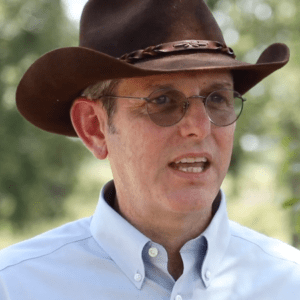Texas A&M-Commerce Brings Quail Back to Texas

 California Valley Quail can survive where bobwhite’s have perished Experts see return of $1 billion quail hunting industry
California Valley Quail can survive where bobwhite’s have perished Experts see return of $1 billion quail hunting industry
COLLEGE STATION, Texas — Texans usually don’t like when Californians move here, but these newcomers are quite a bit different.
Research by a Texas A&M University-Commerce scientist has shown that a species of American quail – the California Valley Quail – will prosper in just about every part of Texas. These hearty birds are expected to attract new hunters and subsequently help steer struggling communities out of tough financial situations.

Dr. Kelly Reyna, professor of wildlife and conservation science at Texas A&M-Commerce, said his research shows that bobwhite quail in Texas have declined by 80 percent in the past 50 years. Bobwhite quail do not fare well in the face of expanding residential areas and increased agriculture. But California Valley Quail are more resilient, and they could replenish Texas’ dwindling population of quail.
Texas A&M University System Chancellor John Sharp said Dr. Reyna’s research could be the foundation of a renewed quail hunting industry in Texas and the beginning of a steady stream of new money for state and county governments.
“Before I was chancellor, I was the comptroller of Texas, and I know the financial benefits of a robust hunting industry,” Chancellor Sharp said. “Kelly’s research may just be the key to bringing back one of my favorite childhood pastimes, while also growing state conservation dollars.”
See a video here with Chancellor Sharp and Dr. Reyna.
Dr. Reyna’s research offers real hope for some parts of the state, especially areas where quail hunting once flourished.
Ted Lyon, a conservationist and a former state senator from East Texas, said bird hunting used to support many Texas communities, and it can again.
“If we could get that back, it would be an economic boon for East Texas, as well as parts of North Texas. It would be great for the state’s economy,” Sen. Lyon said. “This is probably the most innovative program going on in quail research in the United States.”
Wild California Valley Quail that have been introduced in other places have brought with them enormous economic benefits. In Idaho, they helped generate $135 million in economic activity per year.
In a state the size of Texas, Sen Lyon added, California Valley Quail could bring $1 billion a year to state coffers.
As part of the research at Texas A&M-Commerce, Dr. Reyna and his research team successfully transferred 250 wild California Valley Quail last spring from Idaho to Texas. They fitted many of the birds with radio trackers and located them weekly for monitoring.
Dr. Reyna’s research further shows that bobwhite quail are highly susceptible to heat and lack of water. He found that just four days of high heat will significantly reduce the hatching success of bobwhite quail. Increased agriculture and new development also aggravate the problem by reducing the amount of covered areas and habitat, he added.
But the California Valley Quail are much more adaptable than their bobwhite cousins, Dr. Reyna said. Their native range runs from Mexico to the northern United States, and they have a proven ability to survive in a variety of habitats and climates. They also can live in a wide assortment of landscapes from agricultural land to suburban neighborhoods.
California Valley Quail already have been successfully introduced all over the world in areas such as New Zealand, Argentina, Hawaii and British Columbia.
Dr. Reyna said he expects the same positive results in Texas.
“What’s really been encouraging about this process is the high survival rate,” Dr. Reyna said from a ranch northeast of Dallas. “We’ve seen that they’ve done really well out here.”
About The Texas A&M University System
The Texas A&M University System is one of the largest systems of higher education in the nation, with a budget of $6.3 billion. Through a statewide network of 11 universities, a comprehensive health science center, eight state agencies, and the RELLIS Campus, the Texas A&M System educates more than 153,000 students and makes more than 22 million additional educational contacts through service and outreach programs each year. System-wide, research and development expenditures exceeded $996 million in FY 2017 and helped drive the state’s economy.
Contact: Laylan Copelin
Vice Chancellor of Marketing and Communications
(979) 458-6425
(512) 289-2782 cell
lcopelin@tamus.edu